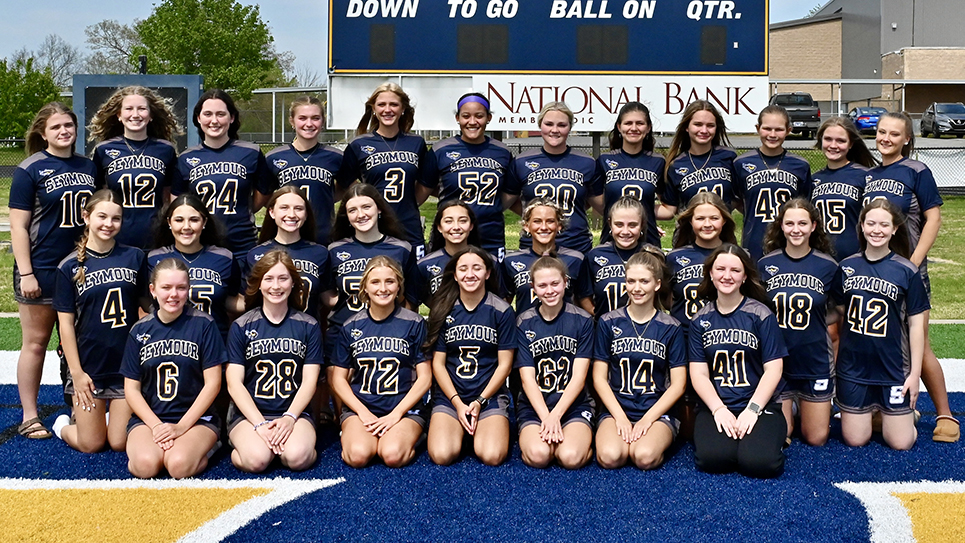By Steve Williams
I am proud of the hometown I grew up in and the high school I graduated from for a unique reason, and with this being Martin Luther King, Jr. Day, there’s no better time to express these feelings.
Clinton High was the first state-supported public school in the Southeast to become desegregated!
That distinction became official on Aug. 27, 1956, when 12 African-American students – now known as the famous “Clinton 12” – enrolled at CHS.
Their enrollment followed the U.S. Supreme Court decision in the landmark case of Brown vs. Board of Education, with a court order requiring the desegregation of the high school. This ruling paved the way for integration and was a major victory for the Civil Rights movement.
The first day of classes reportedly occurred without incident, but things changed when pro-segregation forces, led by John Kasper and Asa Carter, came to Clinton the following week. A vast majority of Clinton students, however, remained steadfast in their commitment to obey the “Law of the Land.”
Scattered violence and threats continued over the next two years, culminating with the bombing of Clinton High School in the wee hours of the morning on Sunday, Oct. 5, 1958.
At that time, I was 6 years old and in the first grade at North Clinton Elementary School. Exactly when I first heard about the bombing I’m not sure, but for most of the time I was growing up in Clinton I was aware the high school had been bombed, that it had something to do with black students going to school there and the town had been in the national news because of it.
When I was around 14 years old I played on a Clinton youth football team and Jerry Shattuck was one of my coaches, but even then I didn’t know Shattuck had played a leading role in helping keep peace at Clinton High in 1956 as president of the Student Council and captain of the football team.
It wasn’t until much later in life that I began to understand and appreciate what had happened.
In fact, it was just a few years ago that I learned about the act of kindness shown to Clinton students by Oak Ridge High School four days after the bombing.
A vacated Linden Elementary School had quickly been fixed up for the CHS students to continue their school year, and on the morning of Oct. 9, the Oak Ridge High School band, dressed out in uniform and in full formation, awaited the arrival of 16 buses carrying the Clinton students – blacks and whites – to the Linden school.
In spite of a light drizzle members of the ORHS band waited for over an hour. When the caravan finally arrived and the Clinton students stepped off the buses, the ORHS band greeted them with a heartfelt performance of the Clinton High alma mater!
That was touching and also pleasantly surprising, considering how the two schools have become archrivals in athletics over the years.
I ran into Shattuck last week at the Green McAdoo Cultural Center and Museum in Clinton and told him how proud I was of my high school’s stance at that period of time in our nation’s history.
How fortunate I also was, I thought, to be sharing my feelings with the CHS leader of that time.
“It was literally the greatest social revolution of the 20th century and it happened first in Clinton,” said Shattuck.
“A lot of turmoil, a lot of trouble,” he recalled. “But a lot of victory too and ultimately it was victory in overcoming that mob violence (largely by people outside of Clinton).
“Can you imagine a more heroic example of citizenship to form a home guard and be a part of it?” continued Shattuck.
“And of course when the high school was bombed, they put together another building that had to be cleaned, painted, furnished and equipped to be ready for 700 students. They did that in less than a week and had those students back in school four days after the bombing.”
If MLK, Jr. were still living, the nation’s greatest Civil Rights leader would also be proud of the “Clinton 12” and Clinton High School.







